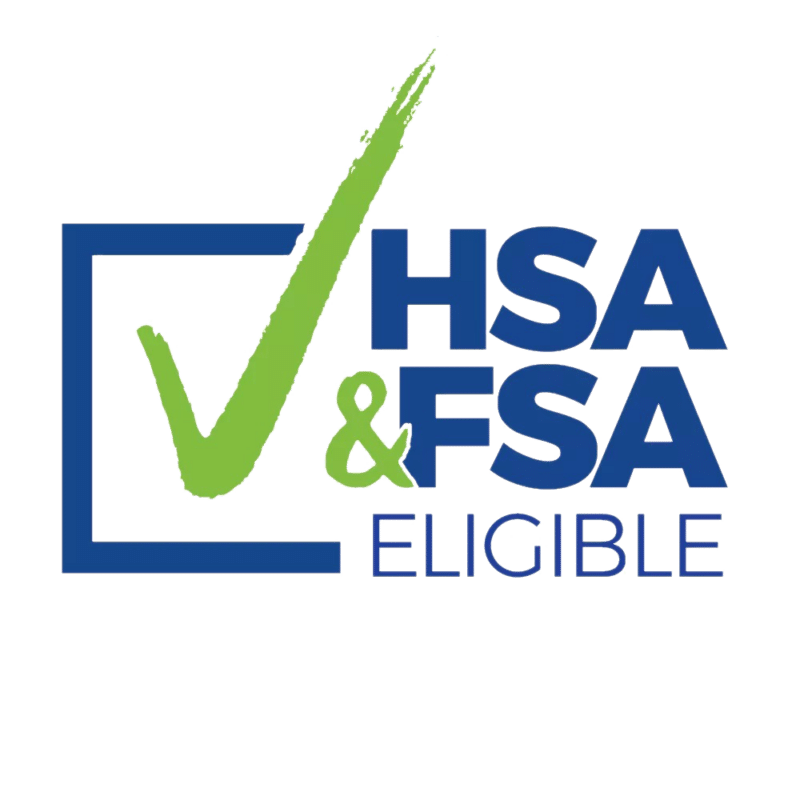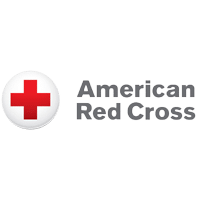Uncategorized
ACLS vs. BLS – What’s the Difference?
When it comes to emergency medical care, two certifications stand out: Advanced Cardiac Life Support (ACLS) and Basic Life Support (BLS). While both aim to save lives, they differ in their scope, target audience, and the specific skills and knowledge they impart.
In this blog post, we’ll explore the key differences between ACLS vs. BLS to help you understand which certification is right for you.
ACLS: Advanced Cardiac Life Support

ACLS is a comprehensive certification designed for healthcare professionals who provide advanced emergency care, such as doctors, nurses, and paramedics. The ACLS curriculum focuses on the recognition and treatment of life-threatening emergencies, particularly those related to the cardiovascular system.
Some of the key topics covered in ACLS training include:
- ECG interpretation
- Medication administration
- Advanced airway management
- Stroke recognition and treatment
- Acute coronary syndromes
ACLS providers must demonstrate proficiency in these advanced skills and knowledge, which are essential for managing complex medical emergencies in a healthcare setting.
The ACLS certification process typically involves a combination of classroom instruction, hands-on training, and written and practical exams. Participants learn how to recognize and respond to various cardiac emergencies, such as ventricular fibrillation, pulseless ventricular tachycardia, and asystole. They also learn how to administer appropriate medications and use advanced airway devices to support breathing.
ACLS training also emphasises the importance of teamwork and communication in emergency situations. Participants learn how to effectively lead and participate in resuscitation teams, ensuring that each member understands their roles and responsibilities.
BLS: Basic Life Support

BLS, on the other hand, is a more basic certification that teaches essential life-saving skills to a wider range of individuals, including healthcare providers, teachers, and the general public. The BLS curriculum focuses on the immediate actions required to save a life in the event of a cardiac or respiratory emergency.
The main skills taught in BLS training include:
- Performing high-quality CPR
- Using an automated external defibrillator (AED)
- Providing rescue breathing
- Responding to choking
BLS is designed to be accessible and applicable to a broad audience, making it an essential certification for anyone interested in learning basic life-saving techniques.
The BLS certification process is typically shorter and more streamlined compared to ACLS. It usually involves a combination of classroom instruction, hands-on training, and a written exam. Participants learn how to recognize the signs of cardiac and respiratory emergencies, perform effective chest compressions, and use an AED to restore a normal heart rhythm.
BLS training also covers the importance of early intervention and the chain of survival, which emphasises the critical steps in responding to a medical emergency, from recognizing the emergency to providing advanced care.
Differences in Certification Requirements

The certification requirements for ACLS vs. BLS also differ significantly. ACLS training is more in-depth and comprehensive, typically requiring a longer course duration compared to BLS. ACLS providers must demonstrate proficiency in a wide range of advanced skills and knowledge, which are assessed through written and practical exams.
BLS certification, on the other hand, has a more streamlined certification process. While the training still covers essential life-saving techniques, the requirements are less extensive than those for ACLS.
Another key difference is the frequency of recertification. Both ACLS vs. BLS certifications need to be renewed every two years to ensure providers maintain their skills and knowledge. However, the recertification process may vary depending on the certifying organisation and the specific requirements of the healthcare facility or employer.
Choosing the Right Certification
The choice between ACLS and BLS depends on your specific needs and goals. If you are a healthcare professional working in an emergency setting, ACLS certification is typically required to provide advanced emergency care. However, if you are interested in learning basic life-saving skills for personal or professional reasons, BLS certification may be more appropriate.
It’s important to note that while ACLS is more advanced, both certifications are essential for saving lives in emergency situations. By understanding the differences between ACLS vs. BLS, you can make an informed decision about which certification is right for you and take the necessary steps to become certified.
Conclusion of ACLS vs. BLS
In conclusion, ACLS and BLS are two distinct certifications that cater to different levels of emergency medical care. ACLS is the more advanced certification for healthcare professionals, while BLS is the foundational training for a wider audience. Understanding the differences between these certifications is crucial in determining which one is the right fit for your needs and goals in emergency medical response.
FAQs of ACLS vs. BLS
Q1: Who needs ACLS certification?
A: Healthcare professionals who work in emergency settings, such as doctors, nurses, and paramedics, typically require ACLS certification.
Q2; Who needs BLS certification?
A: BLS certification is recommended for a wide range of individuals, including healthcare providers, teachers, and the general public who want to learn basic life-saving skills.
Q3: How long does ACLS training take?
A: ACLS training is more comprehensive and typically takes longer to complete compared to BLS. The exact duration can vary, but it’s generally around 8-12 hours.
Q4: How often do I need to renew my ACLS or BLS certification?
A: Both ACLS and BLS certifications need to be renewed every two years to ensure providers maintain their skills and knowledge.
Q5: Can I take ACLS training if I’m not a healthcare professional?
A: While ACLS is primarily designed for healthcare professionals, some organizations may offer ACLS training to individuals who are not in the medical field. However, the certification may not be as applicable or useful for non-healthcare providers.
Q6: What is the difference in cost between ACLS VS. BLS training?
A: The cost of ACLS VS. BLS training can vary depending on the certifying organisation and the location of the training. Generally, ACLS training is more expensive due to its comprehensive nature and the advanced skills and knowledge it covers.






